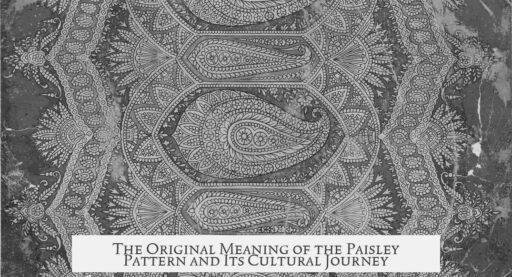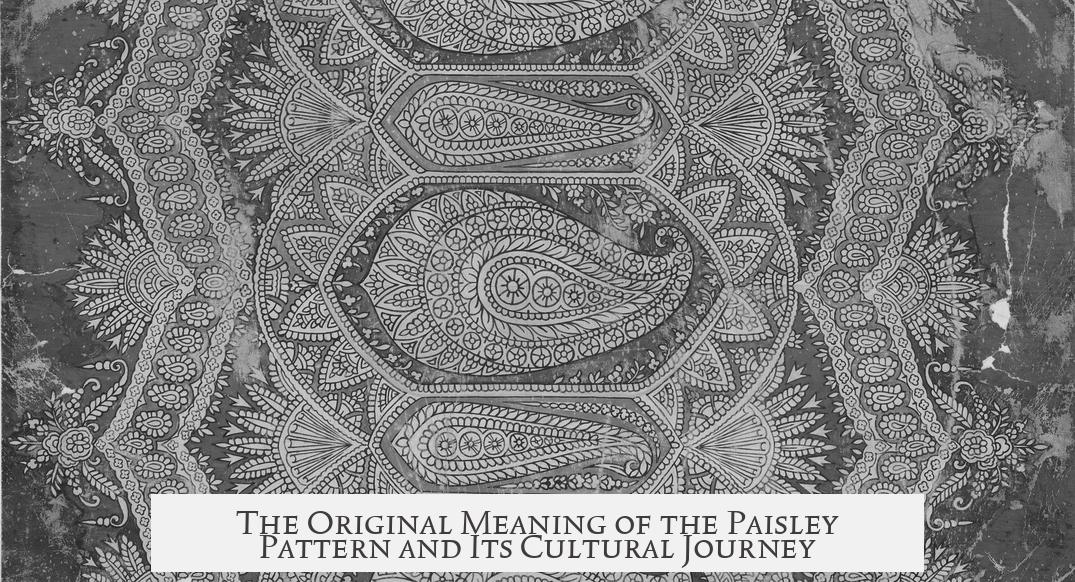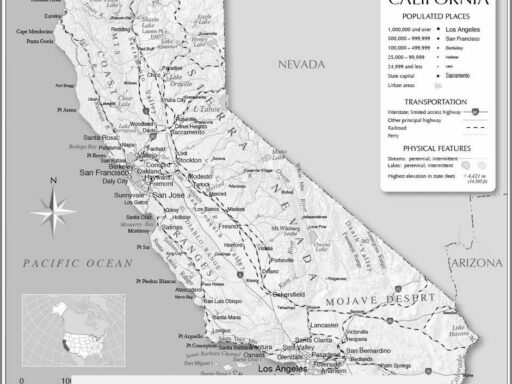The original meaning behind the Paisley pattern lies in a floral motif called the boteh, which first appeared in early eighteenth-century textile designs. Initially, the boteh resembled a fat, floral shape with stems rising from a patch of ground and a slight lean at the top. Over time, this motif evolved into the stylized, swirly form recognized today as Paisley.
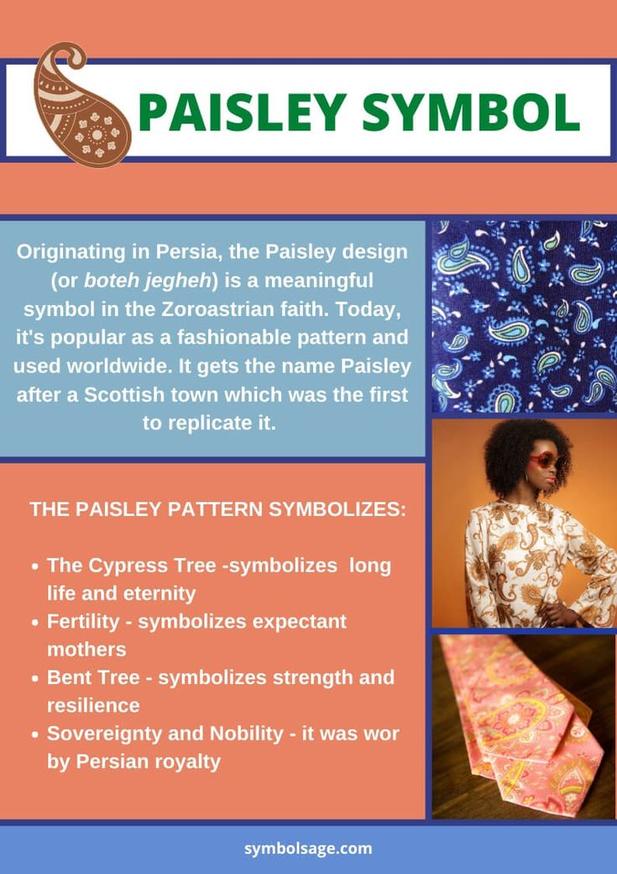
The boteh began as a naturalistic floral design common in Kashmir shawls produced by Indian manufacturers. These shawls were highly sought after by both local buyers and European merchants. The arrival of Neoclassical fashion in the West boosted demand for such exotic patterns. Western tastes favored elongated and more ornate variations of the boteh, encouraging producers to modify the design accordingly. This adaptation led to a narrower motif with a pronounced swirl, gradually losing its original floral context.
By the mid-nineteenth century, Paisley patterns had become largely abstracted, adopting a decontextualized paisley silhouette that bore little resemblance to the natural floral form. This evolution coincided with the replication of the design by Western manufacturers, notably in Paisley, Scotland. These mills mass-produced shawls with the motif, which further spread and cemented the name “Paisley” for the pattern itself.
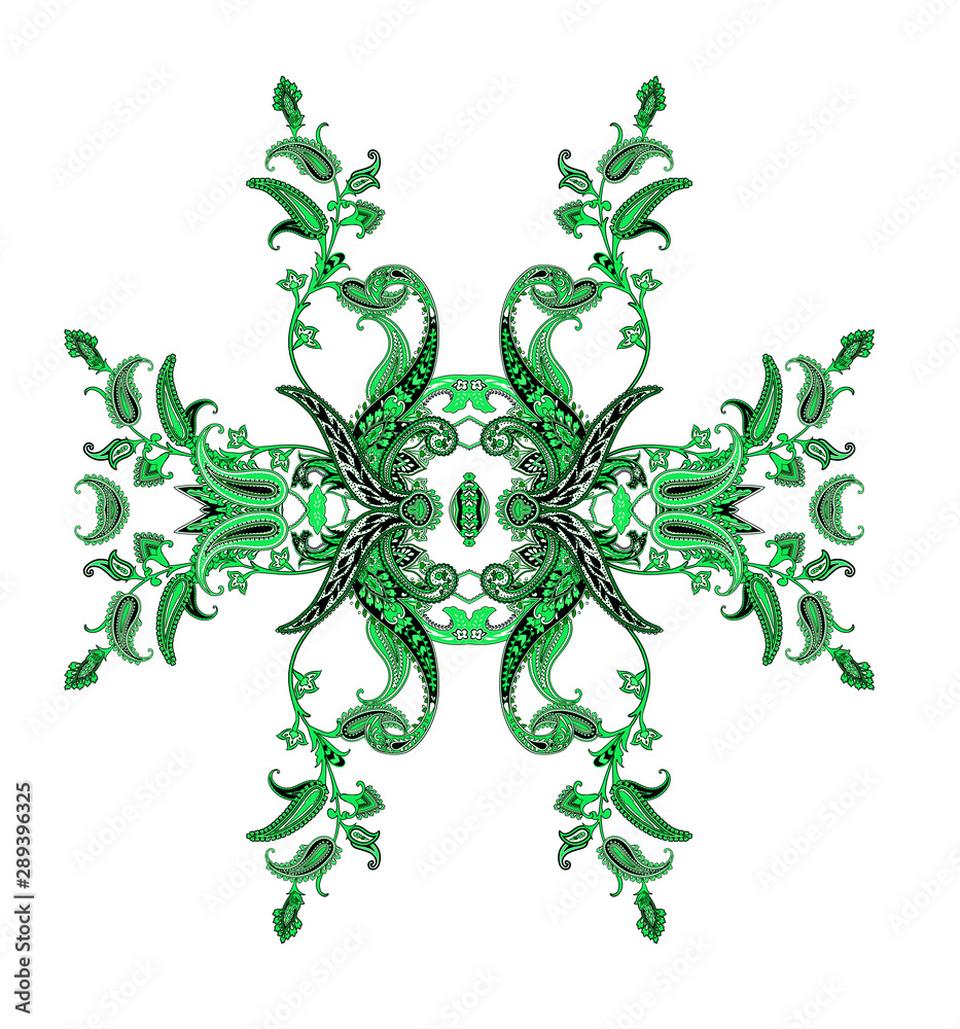
There has been some speculation about ancient Persian interpretations of the Paisley symbol. One claim suggests it represented “the universe moving around you” and symbolized individualism and self-identity. However, this interpretation lacks credible historical sources and appears inconsistent with the cultural values of the time. Celebrations of individualism and self-identity are more characteristic of later Western thought, making such a Persian reading unlikely.
- The Paisley pattern originates from the floral boteh motif in Kashmir textiles.
- Early boteh designs were naturalistic, depicting flowers and stems.
- Western demand led to stylization, narrowing and swirling the motif.
- Paisley patterns became abstracted by the 1840s, losing direct floral reference.
- Scottish mills in Paisley town mass-produced imitations, popularizing the name.
- Persian cosmic or individualistic interpretations remain unsubstantiated.
What Was the Original Meaning Behind the Paisley Pattern?
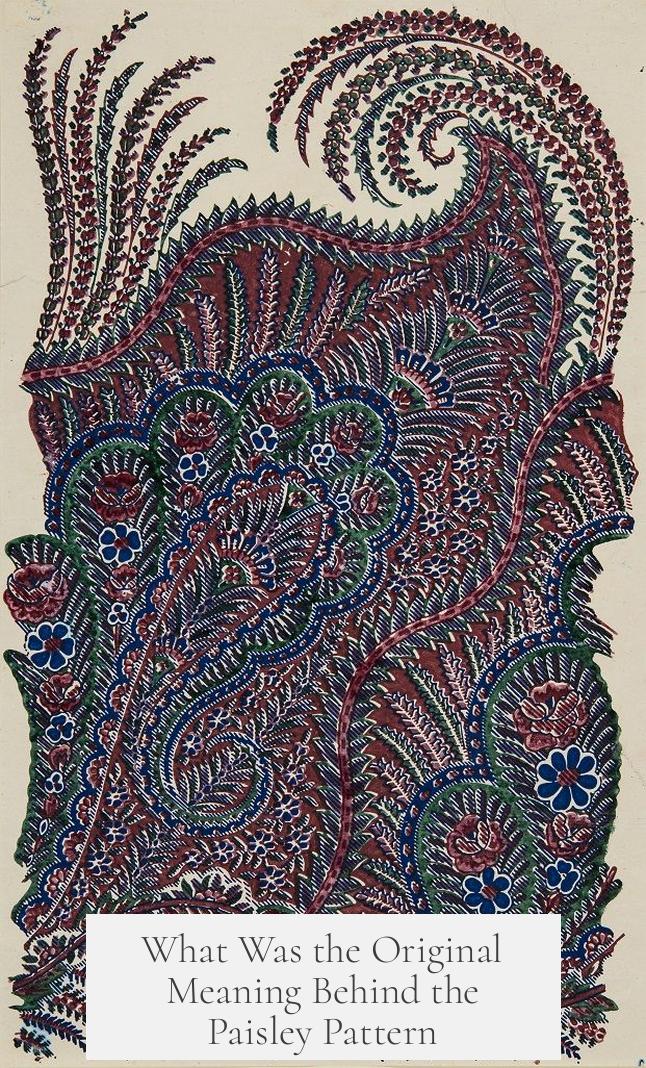
If you’re picturing the paisley pattern as just a funky swirl from the 60s, think again. Paisley actually has deep roots reaching back centuries, with an original meaning tied to a floral motif called boteh. This pattern wasn’t always about psychedelic prints or jazzy tie designs. It had a story, an evolution, and a cultural journey worth knowing.
Let’s unravel it all—starting from the roots.
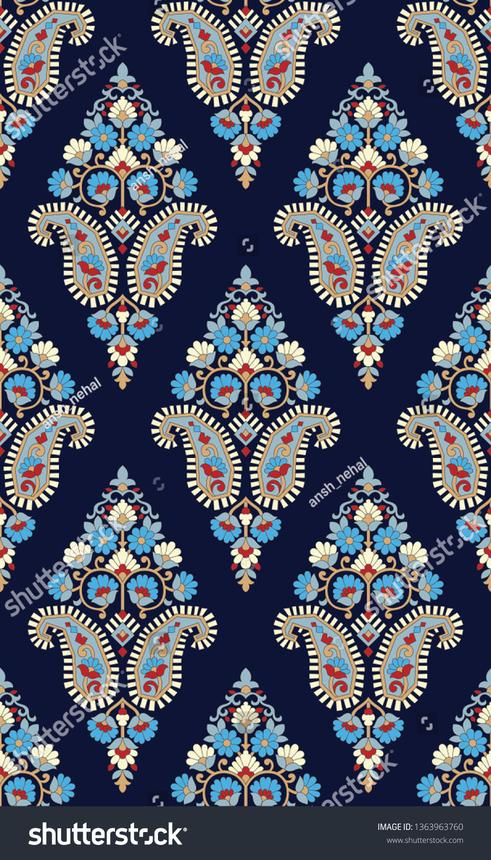
The Botanical Beginning: The Boteh Motif
The paisley pattern traces its origin to a floral design boteh, which literally means “shrub” or “bush” in Persian. Early eighteenth-century versions of this motif look like thick, plump leaves or flowers with a little curl at the tip – a slight twitch to one side. Imagine a blossoming plant stood tall with stems rising up from the soil beneath it. Zoom in on these early patterns, and you see clear botanical details: flowers, stems, and even hints of the ground beneath.
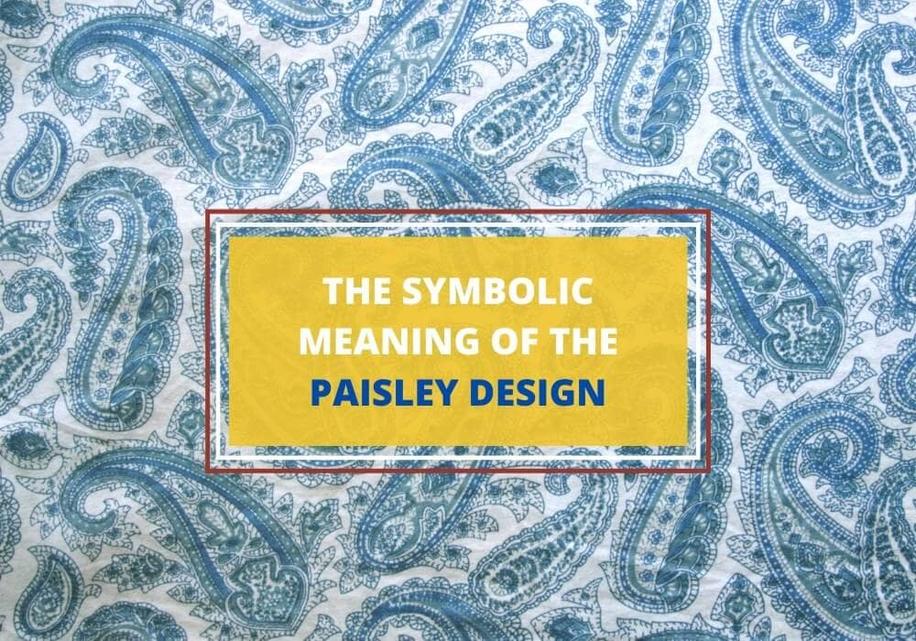
What’s surprising is how literal it was at first—very much like a garden snapshot.
From Plants to Spirals: The Stylization Process

But nature gave way to art. As the motif traveled across time and continents, it became more and more stylized.
The boteh narrowed in shape, developed an exaggerated lean, and acquired a more sophisticated swirl at the top. Some 18th and 19th century examples hint at plain, straight motifs, but by the 1840s, the design was almost unrecognizable as a botanical form. Instead, paisley had become a curvy, decontextualized shape — no longer a plant, but a decorative flourish livening up shawls and fabrics.
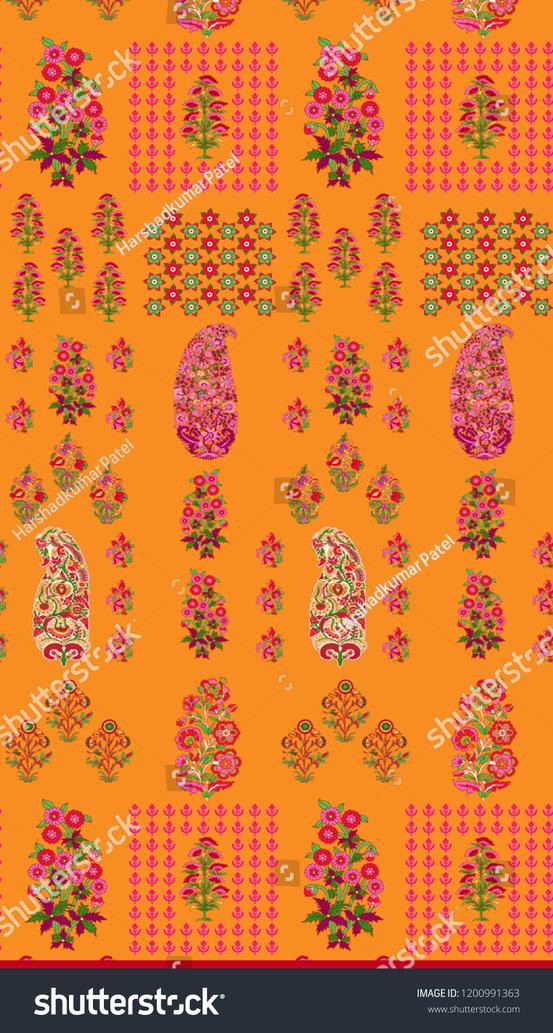
It’s like watching a plant cartoonify itself into a brand logo!
Cultural Crossroads: The Paisley Pattern’s Journey
Indian manufacturers originally crafted the boteh motifs on Kashmir shawls. These shawls were luxury items, coveted locally and eagerly snapped up by European traders. But here comes the twist: Western demand began to shape the pattern itself.
- Neoclassical fashion in Europe raised the demand for larger, more exaggerated boteh shapes.
- Western buyers favored elongated, exotic-looking designs, pushing Indian manufacturers to tweak the pattern.
- Scottish mill towns, especially Paisley, began reproducing these designs—a historic lesson in cultural borrowing and economic mimicry.
The name “Paisley” itself comes from that Scottish town, which mass-produced these patterned fabrics. When you think about it, a little Indian floral symbol ended up rebranded by capitalism in a Scottish factory. Cross-cultural, if not exactly culturally sensitive.
The Pattern Becomes a Global Chameleon
Indian artisans began importing Western versions of the paisley design, mixing influences back and forth. The pattern morphed, stylized further, and drifted away from the botanical roots until it became a mere swirl in fabric art.
Today’s paisley might look utterly abstract, but it’s built on centuries of trade, taste shifts, and tinkering.
So, What About the “Universe Moving Around You” Idea?
You might have heard that the paisley represents “the universe moving around you” or celebrates self-identity—spirituality and cosmic dance all wrapped in swirling fabric.
Sounds poetic, right? Unfortunately, it’s more modern myth than fact. This interpretation lacks historical evidence and seems more a Western projection onto an Eastern symbol. Historically, ideas like individualism and self-identity were not the focus in the regions that birthed the boteh.
A reminder: Sometimes, a pattern is just a pattern, not a cosmic manifesto.
What Can We Learn From This?
The paisley pattern teaches us about how designs evolve over time and across cultures. A floral motif from Persia and India can become a stylish Scottish textile staple. Market demands and cultural exchange reshape artistic imagery—sometimes distancing it from its original meaning.
Next time you wear paisley, you’re wearing a story, not just a print.
Practical Tips for Appreciating Paisley
- Look Closely: When you see a paisley print, try to imagine the tiny floral stems and soil that inspired it centuries ago.
- Support Originality: Seek out designs or makers who honor traditional techniques or origins rather than mass-produced copies.
- Use the Story: Share the fascinating history of paisley as a conversation starter—fancy that, your tie has more culture than you thought!
Final Stitch
In sum, the original meaning behind the paisley pattern comes from the floral boteh motif symbolizing nature and growth. Over time, it evolved into a highly stylized shape influenced by Western tastes and manufacturing processes. Many modern interpretations, like cosmic symbolism or celebrating individualism, are more myth than fact.
Understanding paisley isn’t just about appreciating a cool design. It reveals centuries of cultural exchange, economic pressures, and artistic transformation. And maybe next time you see that swirly print, you’ll smile knowing it’s more than just decoration—it’s history swirling around you.
